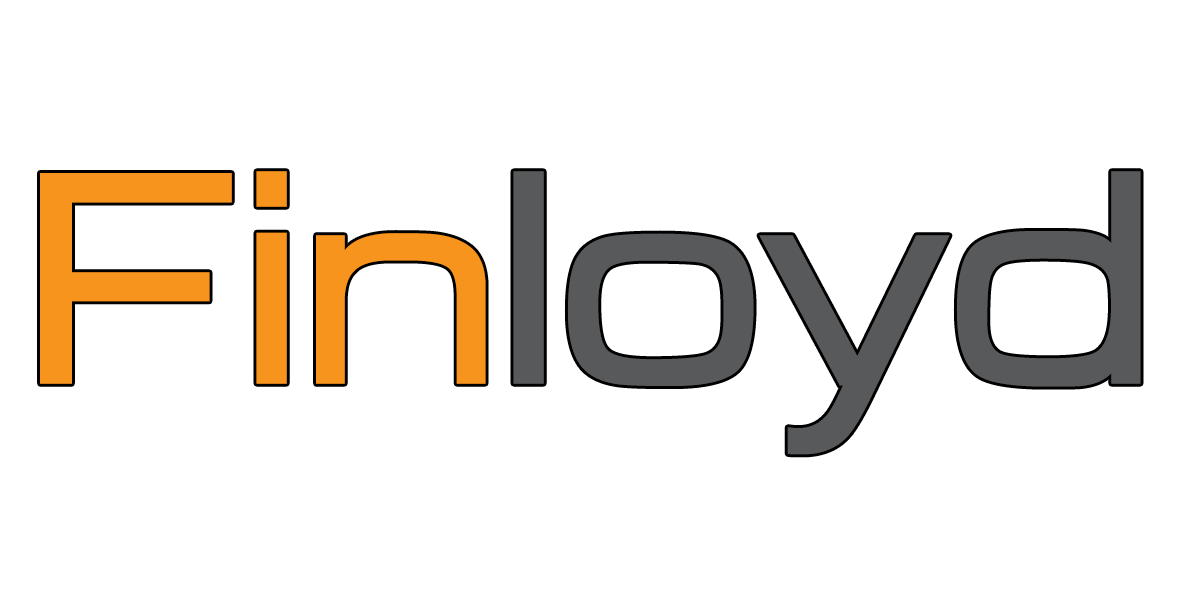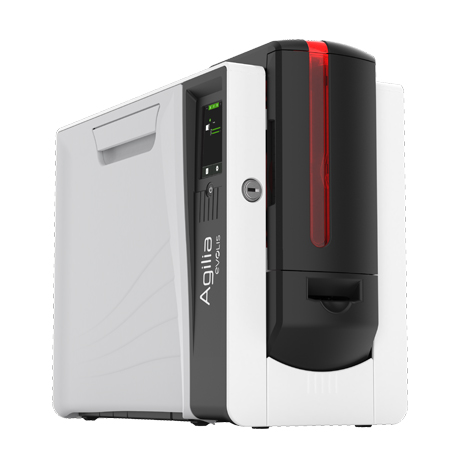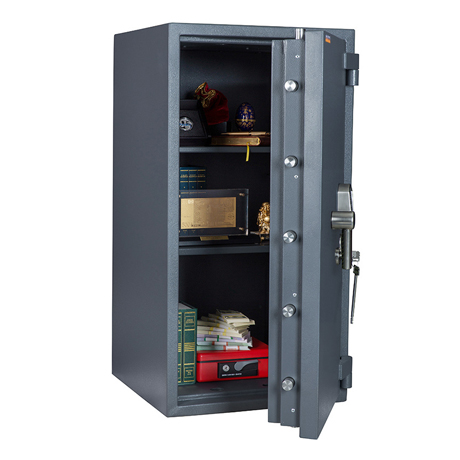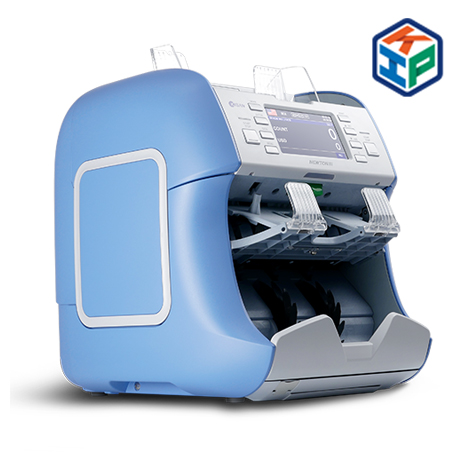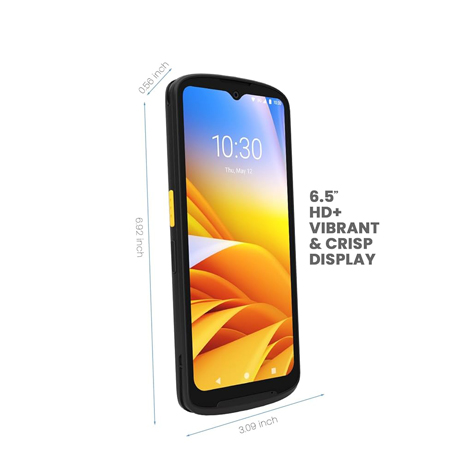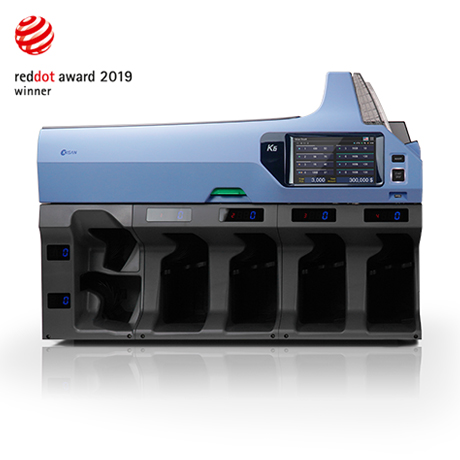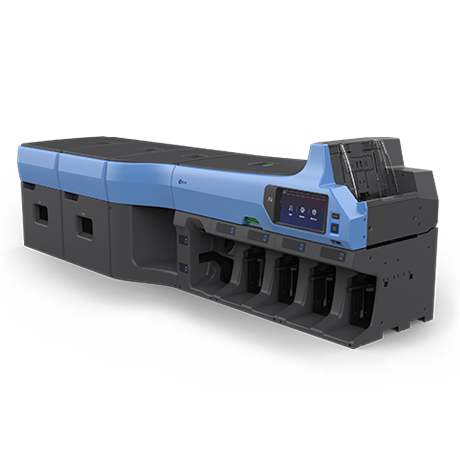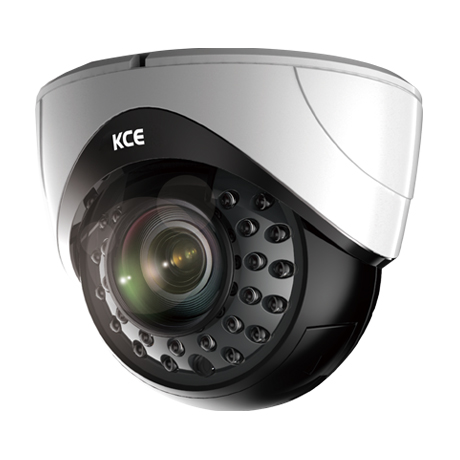An ID card printer is a key investment for any organisation and a crucial piece of equipment. With a range of models and features on offer, finding the plastic card printer to fit your needs can seem a little daunting, so we’ve created a simple ID card printer buying guide to ensure you make the right choice.
Step 1: How much does an ID printer cost?
A lot of first-time buyers ask how much do card printers cost? The honest answer is that it can greatly vary depending on what you are looking for in an ID card printer.
Single-sided printers are more affordable and great for smaller businesses new to card printing. However, if you need to display more information or increase visual security, you will benefit more by upgrading to dual-sided printing or an ID card printer with more security modules included.
The print speed, security features, print quality, and print volume you require will all affect the final price tag. The points below however aim to provide an in-depth breakdown of these features and help you decide on the right printer for you.
Find out how to determine your card printer budget and which machine can best help you.
Step 2: What type of card will you be printing on?
Before you purchase an ID card printer, it’s good to figure out what type of cards you’ll be printing onto. Will you be printing photo ID, loyalty cards and membership cards, or does your business use access control (door entry) and proximity cards such as MIFARE and HID cards?
This is an important point because many access control smart cards contain a tiny computer chip that gives the card surface a slightly raised edge. This means using a machine such as a direct-to-card printer can affect print quality and damage the printer, so you must use a retransfer printer or an inkjet printer if you are printing onto access control cards.
Blank photo ID card printers are best for you if:
- You do not require access control credentials or door entry
- You want a simple design including a name, photo, job title, department
- You require just one logo or visible image
- You don’t mind a small visible white border
An access control card printer is best for you if:
- You need to create smart cards programmed for an access control system
- You want a more complex card design
- You want information printed on both sides of your ID card
- You want multiple images, colours or logos
- You don’t want any white borders around the edge of a card
Step 3: What type of ID card printer is used for ID cards?
To choose the right printer for you, it’s important to consider the following:
- Whether you are printing on to access control smart cards
- The image quality you require
- The print volume you require
- The level of printer and card security you require
There are several distinct types of ID card printers available including:
- Direct-to-card printers
- Retransfer printers
- Inkjet printers
Which ID card printer is best for you?
Direct-to-card printers
Direct-to-card printers remain the most popular type of ID card printer due to a combination of attractive pricing and ease of use and are typically the solution for beginners or those with low volume printing requirements. Card printing with a direct-to-card machine will leave a small white border on printed ID cards as the printhead is not designed for printing over-the-edge of cards.
A direct-to-card printer does what it says on the tin, it prints directly onto the card surface using a process called “dye-sublimation” to offer faster print speed and lower cost per card than competitor ID card printers.
Consider a Direct-to-Card (DTC) printer if you:
- Need simple card designs with basic photos, logos and text
- Want to keep the cost of consumables such as printer ribbons to a minimum
- Don’t need to print to a form of access control card
Retransfer printers
Retransfer printers are much more effective printing machines than direct-to-card printers thanks to their two-step production process. Using a process called “reverse transfer” printing, your design is printed onto the reverse side of a clear film which is then heat adhered onto the full card surface. Retransfer printers are the most capable of printing over-the-edge designs onto ID cards with uneven surfaces due to the unique print method this technology uses.
In short, retransfer printing creates longer-lasting durable cards and allow you to print onto access control smart cards without the final image being compromised.
Consider a retransfer ID card printer if you:
- Need to print onto access control cards
- Want high-definition image quality
- Require over-the-edge card coverage
- Want a long-lasting ID card that doesn’t fade over time
Inkjet card printers
Inkjet ID card printing is a new technology. It makes printing onto plastic cards as easy as possible thanks to the use of a simple snap-in cartridge rather than a printer ribbon. Inkjet printing onto plastic cards offers a fair middle-ground between retransfer and direct-to-card printers, with strong print speed and over-the-edge printing in one user-friendly machine.
The Fargo INK1000 inkjet card printer is capable of printing high-definition text and imagery onto access control cards too.
Consider an inkjet ID card printer if you:
- Want your printer to be extremely user-friendly
- Need to print onto access control cards
- Require high-definition image quality
- Do not require holographic and highly secure watermarks

